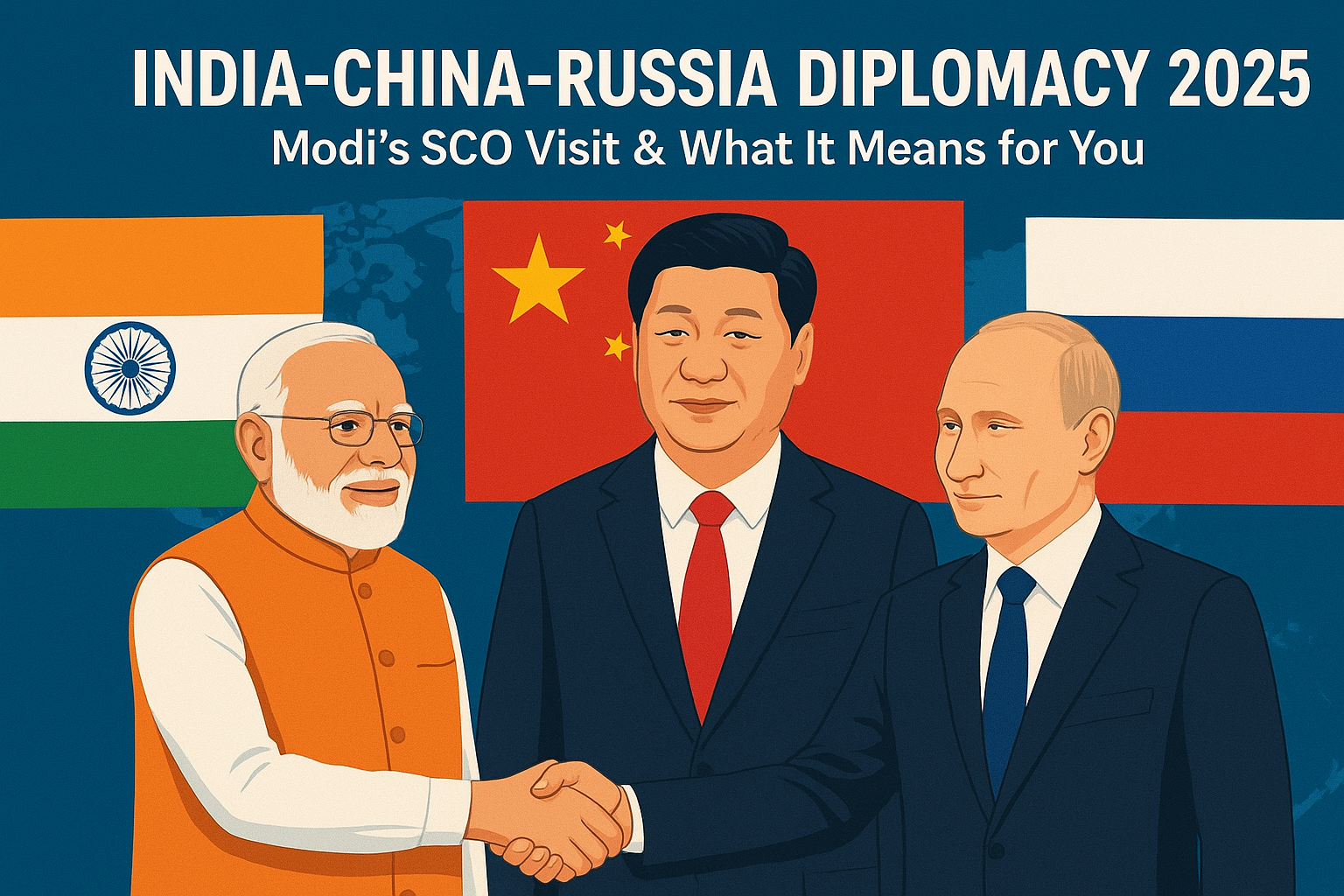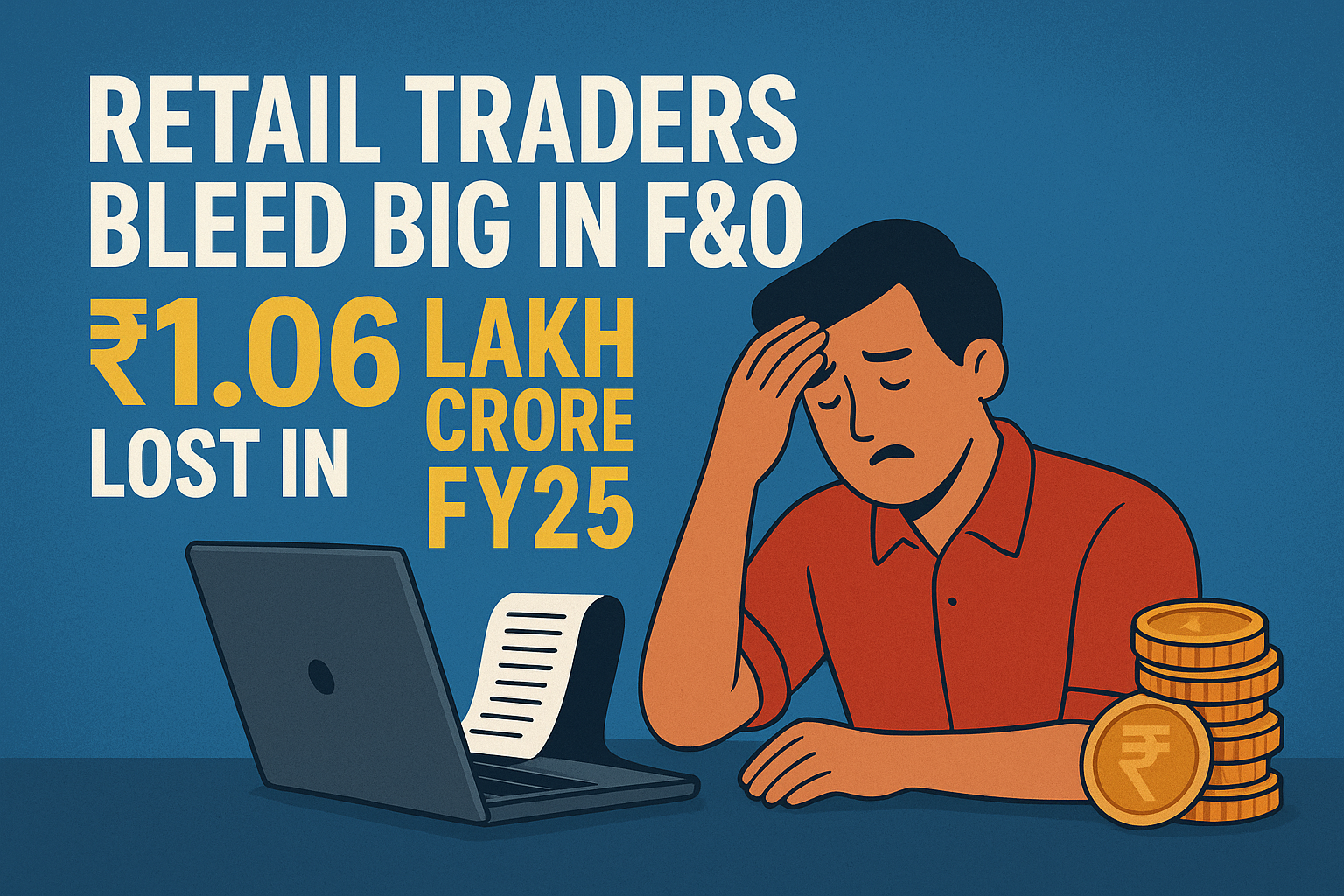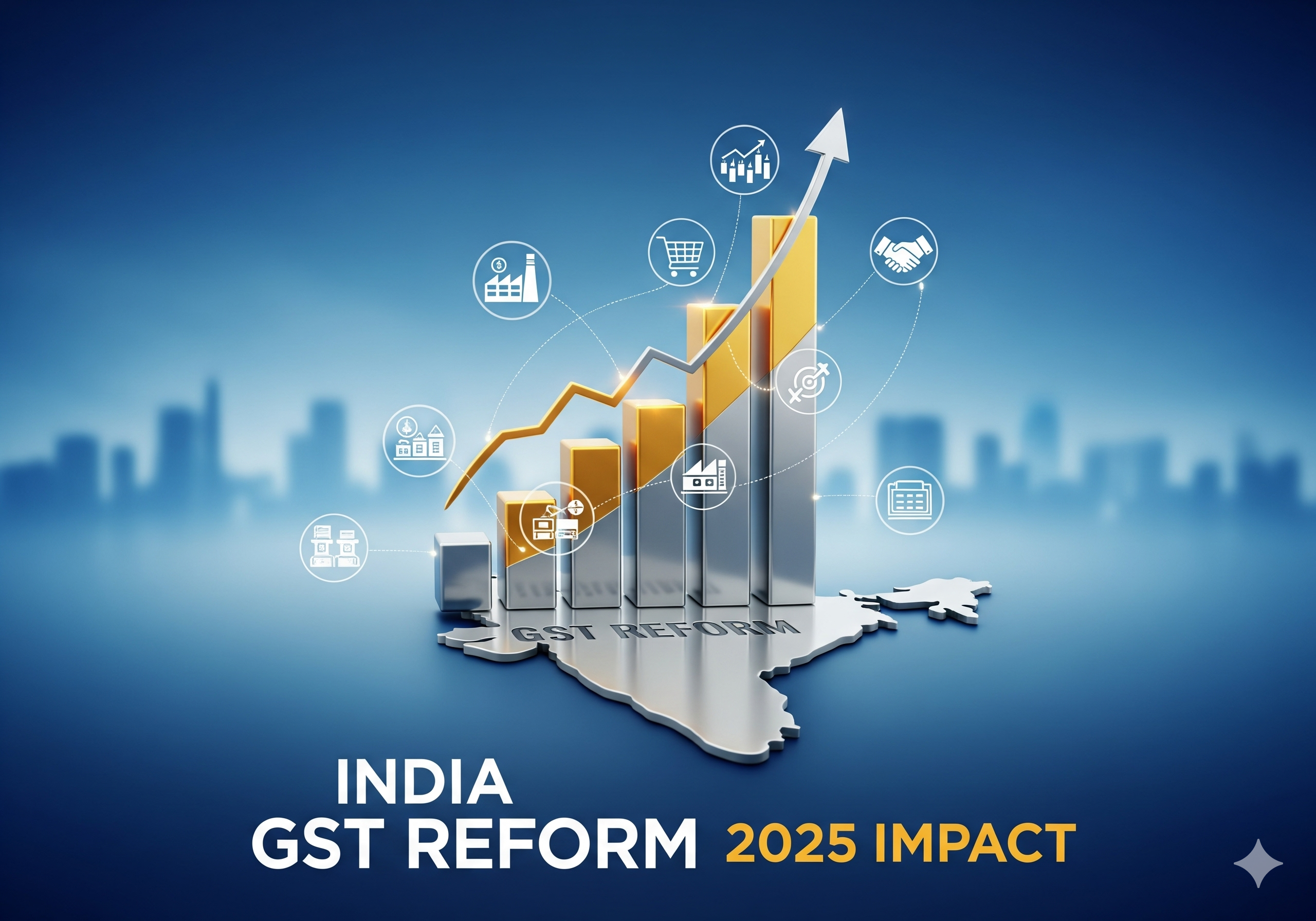
When PM Narendra Modi stepped into China for the SCO Summit in Tianjin his first visit in seven years it wasn’t just another diplomatic stop. If you ask me, this is about India realigning, not reacting. Let’s break down what’s happening, why it matters, and how this could affect your wallet, markets, and more.
What’s Going On: The Big Moves
- Modi in China for SCO (Tianjin, August 31-Sept 1, 2025). First full state visit to China in years. Meetings with Xi Jinping, Putin among others. Signal: India is reasserting its diplomatic independence.
- US-India trade tension. The U.S. imposed ~50% tariffs on many Indian exports in late August. This puts pressure on Indian exporters and trade policy.
- Resetting ties with China & balancing diplomacy. India is participating more actively in forums like SCO, BRICS, even while maintaining its concerns—border issues, strategic rivalry—but also exploring cooperation in trade, energy, connectivity.
- Domestic cushion: GST 2.0 & tax reform. India’s government announced sweeping GST (Goods & Services Tax) reforms effective from 22 September 2025. Slabs simplified—many goods moving to 5% & 18% brackets, essentials getting 0% GST; luxury/sin goods likely facing higher rates (e.g., 40%) under the revised regime.
Why This Matters: Signal vs. Smoke
Think of diplomatic visits like maneuvering in chess: what looks like optics often has deep implications. Here are the key shifts:
- Strategic autonomy over alignment. India is showing it won’t be pushed into one bloc. With growing tariffs from the U.S., India expanding ties with China & Russia—especially in regional multilateral forums—gives it more options.
- Trade & export risk diversification. With U.S. tariffs hurting textile, garment, export-heavy sectors, India needs other markets and supply chain flexibility. Closer engagement with SCO partner states and China/Russia can open alternative trade routes, raw-material sources, maybe even jointly developed infrastructure.
- GST reform as buffer & stimulus. Lowering tax rates and simplifying slabs reduces friction, puts more cash in consumers’ pockets, stimulates demand—especially in consumer goods, autos, electronics. This helps cushion external pressures.
- Geopolitical credibility. India pushing for tougher language on cross-border terrorism at SCO, asserting its territorial and security concerns. That sends a message internally (voters, sectors under strain) and externally (China, Russia, Pakistan) that India’s not stepping back.
Effects on Markets, Business & Your Everyday Life
| Area | What Could Change |
|---|---|
| Consumer goods & autos | Prices drop for many everyday items after GST reform takes effect. Small cars, scooters, appliances may become more affordable. |
| Exports / trade-intensive sectors | Some sectors (textiles, home textiles, garment exports) may suffer short-term losses due to U.S. tariffs. But new trade deals with neighboring & SCO countries could compensate partially. |
| Foreign investment & FX | If India looks like it’s too exposed to trade retaliation, some FII (foreign institutional investor) flows could get cautious. On the flip side, reforms + increased demand + energy deals could attract long-term investment. |
| Everyday consumer | Cheaper rates on essential goods, dairy, household items. But luxury/sin goods might become more expensive. The reform ratchets up “fairness” in tax burden. |
| Political / social | Voters in export-heavy states or involved in affected sectors may feel pain; Govt will need to balance rhetoric with relief measures. |
What to Keep an Eye On (Watchlist)
- Final text of the SCO communique: especially how it treats terrorism, border issues, trade cooperation.
- Follow-ups from China & Russia regarding trade / investment deals.
- Economic data: export volumes of textiles and garments next 1-2 months; FOB/FOB service costs.
- GST rollout impact: price reports from common goods & notices of lag in input tax credits.
- Rupee movements, FX reserve levels, and state government reactions in export-focused states.
The Big Picture: Where India is Going
Think of this phase as India weaving a safety net. When external pressure (tariffs, global supply risk) increases, you don’t just rely on one partner—you build many connection points. Through SCO, trade reform, and domestic tax changes, India is preparing to have levers it can pull: domestic demand, diversified trade, geopolitical balance.
Also, the GST reform starting 22 September isn’t just about “lower taxes”—it’s also about behavioural shifts: consumers may defer purchases until new slabs kick in (as many are already doing), industries may reprice, logistics may adjust. All that causes short-term ripples, but if managed well, this becomes part of the backbone of a more resilient Indian economy.
Final Take
So, India China Russia diplomacy 2025 isn’t a headline—it’s a signal. It says: “We see where the world is moving. We want options. And we want to protect both our margins and our values.”
If you’re an investor, business owner, or consumer, now’s the time to map exposure (to U.S. tariffs, to tax slabs, to supply chains), adjust pricing/inventory, and lean into sectors that benefit from reform (consumer goods, autos, “essentials”). If we play smart, India could emerge from this phase not just surviving the turbulence, but gaining ground.




